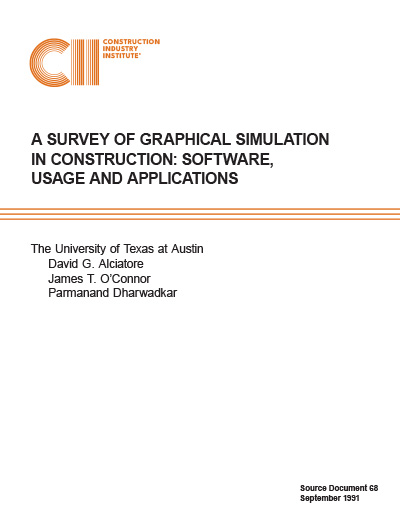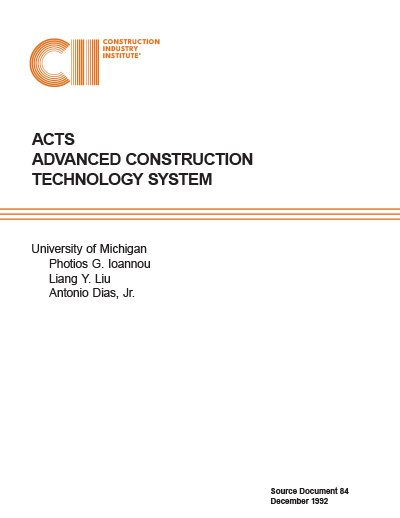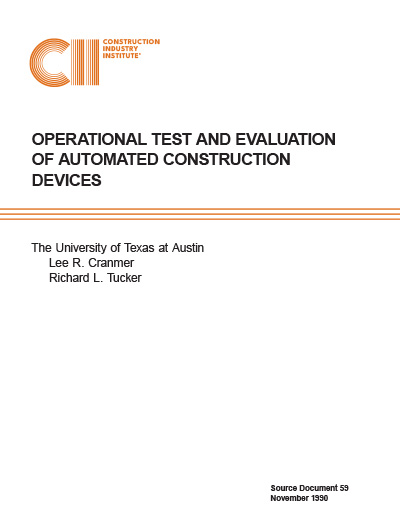
A Survey of Graphical Simulation in Construction: Software, Usage and Application
The purpose of this survey is to describe graphical construction simulation and to expose the benefits, methods, and tools of this type of simulation. There exist several classes of simulation but this survey is limited to 3D (three-dimensional) computer graphical simulation or animation in the construction context. Some refer to this type of simulation as “real world” simulation. This report does not address non-simulation CAD developments.
This report begins with some background information, including a definition of simulation and a description of the broad classes or types of simulation practiced. The scope and study method of the survey are then presented, briefly addressing both information sources and system hardware. The range of objectives for applying simulation and an overview of potential benefits of graphical simulation are also addressed. After this background information, the survey of software packages and software attributes are presented. Descriptions of specific applications of simulation in both industry and research follow and an in-depth case study of a heavy-lift simulation is presented. The report concludes with a listing of software vendor information, a bibliography of the survey sources and useful references, sample phone survey forms used to obtain information on the software packages, and a listing of the schedule milestones followed in completing this study.
It is important to point out at this point that the two requirements for 3D computer graphical simulation are a 3D CAD model (of the facility or equipment of interest), and simulation/animation software running on a high-powered graphics workstation. If a construction firm uses 3D CAD for modeling project designs, then construction simulation may require only a moderate amount of additional effort or investment. If 3D CAD designs are not available, a modeling system must be used to create a 3D model from 2D (plan drawing) images. Some of the simulation software packages presented in this survey have this modeling capability built in, but others require additional software.



